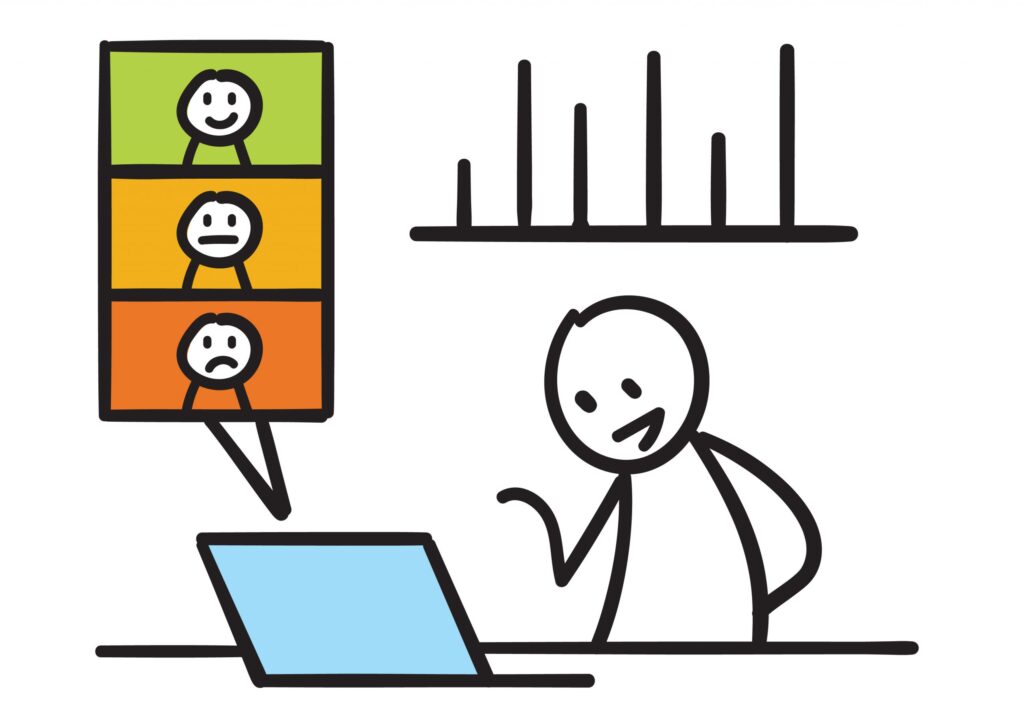Meet meeting fatigue face-to-face (part 1 of 3: the technical)
Part one in a series. Here are parts two and three.
Because so many Americans refuse to wear masks or avoid large gatherings, we’re looking at a whole new set of lockdowns as winter approaches and new infections top a million a week. Even with promising coronavirus vaccines in the news, this means even more virtual meetings.
So how do you stay “on” when you’re always on-screen? At this point most of us have had months of experience sitting through these exclusively on-screen get-togethers. Many of you still hate it and always will, but my years of Zooming have convinced me that the burden to be focused and productive on these calls is, and always will be, on my shoulders.
And that means your burden is on your shoulders.
Meetings, especially when there are too many, have always been a drain. But now the valuable non-verbal cues and sense of camaraderie we got in face-to-face meetings have been replaced by dropped audio and the feeling that we’re part of a never-ending, dystopian Brady Bunch intro.
So here are three simple shifts that might help you stave off virtual meeting fatigue (I wrote this as a Zoom user but the options are common to many virtual meeting apps). The first few are technical, the second set is practical, and the final suggestions are personal. We’ll cover the second and third in future posts.
1. Reconsider the settings on your virtual meeting software.
If you can’t change the number or duration of your meetings, then change your experience of them.
Give your subconscious a break
For the longest time I automatically used the “Gallery View” in Zoom. You can see more people—it’s the closest thing we have to sitting around a conference table. But the fact is that this can trigger our brains’ subconscious threat awareness. It sounds weird, but we’re animals and when we walk into a new place we do a kind of threat scan without even realizing it. Now think of each camera view as a new and slightly ever-changing room—it puts us on constant alert, and it wears us out mentally even though we’re not really doing anything but sitting there (because we’re certainly not actually on the lookout for snakes or bears or anything like that). Just looking away for a moment can start that process again, causing our brains to re-scan the five or nine or 15 or 20 or more “rooms” again out of a complex subconscious fear or simple human curiosity.
Solution: Switch to “Active Speaker View” so only one person is featured at a time. Your attention will be focused on whoever’s speaking and your visual field of view will be greatly simplified. While completely different, some find Microsoft Teams’ “Together Mode” a nice neutralizing option. And for many, using virtual backgrounds helps to simplify the meeting experience as well as adding a layer of privacy (and levity).
Ease up on the ego
When confronted with a wall of faces in these virtual meetings, our powerful but self-absorbed brains can’t help but look at ourselves. Yes, we’re subconsciously scanning the other rooms for unlikely domestic threats, but we also tilt our heads, fidget, preen, and adjust ourselves as we critique or admire how we happen to look that day. Like teenagers, we assume everyone is watching, thinking about, and judging us, but that’s just not true. Most people are unavoidably vain and/or self-conscious and in a virtual meeting this is essentially multitasking—it zaps both our energy and our attention and increases our stress.
Solution: Turn off “Self View” to remove the temptation to focus on or be distracted by your dashing self. You typically can’t see yourself sit and speak in a normal conversation, and it doesn’t do much good to have that option in virtual meetings.
Create a place to focus attention
We’re drawn to faces and strange places. Along with words and pictures, faces help us communicate and connect. The problem is that in virtual meetings we tend to focus too much on our clients’ and colleagues’ faces (and even on our own, as mentioned!), to the detriment of real attention. To make matters worse, we crave meaningful eye contact but rarely get it despite being surrounded by those many faces. And, contradictorily, we get apprehensive when it feels like everyone is staring at us even when we’re not talking. In any truly productive real-world meeting we would try to talk about and look at very specific things—not just one another—so do the same in the virtual world.
Solution: Turn off the cameras and share documents onscreen whenever possible. Highlight, edit, annotate, and sketch to guide the group through, giving everyone something to actually focus on. Ask others to share as well and consider having a talented artist live sketch during bigger, more important meetings—especially ones where you’re looking to invent something new. And, yes, give the occasional OK to turn the cameras off so everyone can really concentrate on the task at hand.
Nothing’s going to make the stress of working through a pandemic completely go away… and some meetings are just going to suck. As ever, all any of us can do is be smart, respectful, and diligent.
I only wish those things were as easy to adjust as my Zoom settings.
Drawings by Tremendousness. Up next: Plan your virtual meetings differently.
